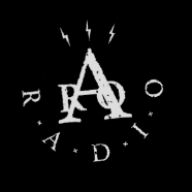For a long time, Friesland was an autonomous anomaly in Europe, free from the feudal obligations that were so deeply entrenched in society everywhere else. When the counts of Holland wanted to break this autonomy, they incurred the wrath of the Frisian freedom fighters.
For a very long time, Frisia and its many different people had enjoyed a unique position within the Holy Roman Empire. Through groundwork laid by Charlemagne in the 9th century, Frisians had a different social structure than the rest of the Low Countries and, indeed, Europe. After the Franks had defeated the Frisians in the 780s, they were said to have been granted a charter by the Frankish king:
‘And moreover, by royal authority, we [Charlemagne] have granted that they [the Frisians] shall remain free, with all their progeny, born and yet to be born, in perpetuity, and be fully absolved from personal servitude. We also decree that no one will rule them, except if this happens by their own volition or consent.’
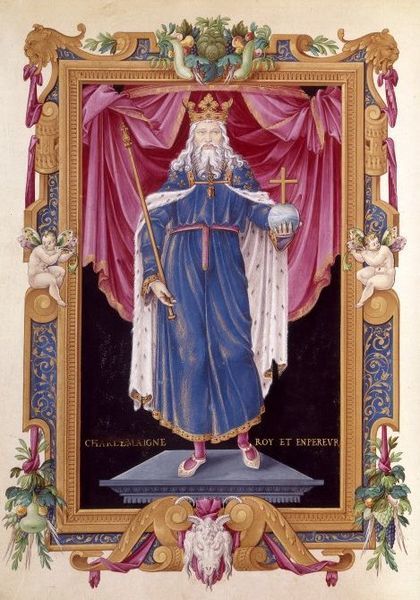 Later depiction of Charlemagne in the Biblitheque Nationale de France.
Later depiction of Charlemagne in the Biblitheque Nationale de France.© Wikimedia Commons
Cards on the table; this charter first appeared in the 15th century, and is almost certainly fake. However even the fabrication of it reinforces that the liberties granted by Charlemagne were very real in the minds of Frisians. Because of this idea, they paid homage only to Charlemagne and his successors. Something called the Lex Frisionum had also been written up, which codified law across Frisia. This further served to secure a sense of autonomy from feudal servitude across the wider-region.
Considering the Emperor over the next 500 years often had too much on his plate to worry about the most far-flung swamplands of his domains, the Frisians were left to pretty much do whatever they wanted. Their unique situation was reaffirmed by the Dutch Holy Roman Emperor/anti-King William II, after Frisians helped him in the siege of Aachen in 1248. What was enjoyed in Friesland became known as ‘Frisian Freedom’.
Opstalboom League
The vacuum that resulted from the absence of a central ruler was filled by a system of varied local governance. In fact, even though the idea of Frisian Freedom existed, there seems to not have been any real attempt to establish a unified, centrally governed, Frisian state. By the start of the 1300s, Frisia was actually many different states – made up of regions and towns – spread across the Frisian North Sea coast, including parts of today’s northern Germany and Denmark. Each state would have its own variation of a counsel or assembly and every so often would hold an election for municipal magistrates to represent what would later become known as the ‘Seven Sea Lands’.
In these elections, landowners could elect people to the position of redjever. The redjevers would become the representatives of their province, and as such would attend the closest thing that Frisia had to a unified body, the Opstalboom League. Since the 1100s, the Opstalboom League would meet on the Tuesday after Pentecost in Aurich. Present would be an assembly of these elected redjevers, bringing together the represented interests of the seven provinces, and of the thirty different Frisian states. At this assembly matters could be discussed, conflicts arbitrated or issues settled. These redjevers, or consuls as they were also called, had judicial power, which was one of the most defining things about Frisian Freedom, and which separated Frisians most from people in Holland, Flanders, Brabant and the other fiefdoms of the Low Countries. In all those places, only the formation of towns and city rights had allowed for courts of justice to become a reliable thing. Outside of places with city rights, justice belonged to the rule of the territorial lord. Well, in practice, Friesland didn’t have a territorial lord, but a magistrate system that was somewhat democratic.
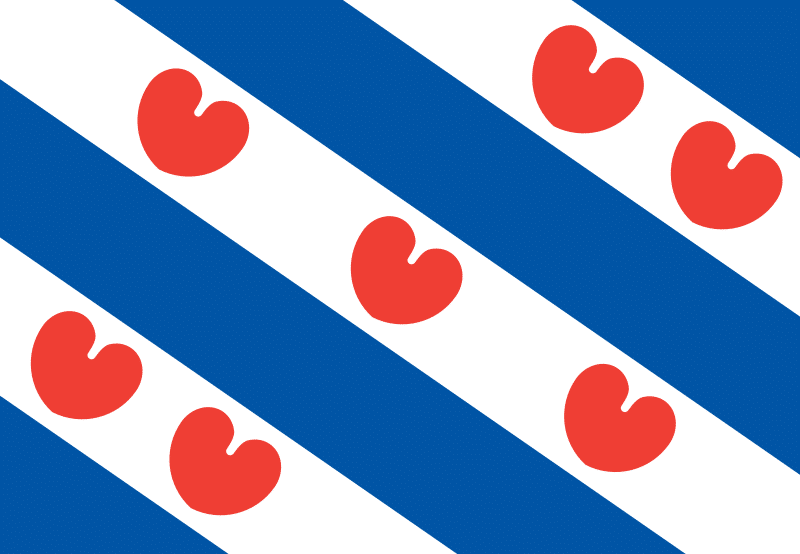 Flag of Friesland. The seven red water lily leaves symbolise the seven Sea Provinces. By P.H. Wagemakers and Joh. Koopmans.
Flag of Friesland. The seven red water lily leaves symbolise the seven Sea Provinces. By P.H. Wagemakers and Joh. Koopmans.© Wikimedia Commons
Frisia? West-Friesland? East-Friesland?
Of all of Frisia – this sprawling, loosely connected set of lands that did not have a sense of unity – the part that we really care about in this article is the part that makes up today’s modern Dutch provinces of Friesland and parts of Noord-Holland; the westernmost bit. These lands were separated in two by the giant storms we spoke about in a previous article which created the vast inland sea known as the Zuiderzee, dividing it into so-called West-Friesland and East-Friesland. The latter, East-Friesland, is where the action in this article mainly takes place. So from now on, when we mentioned Friesland, we mean East-Friesland which is actually in the west of Frisia.
We mentioned earlier how Friesland was divided into many smaller states. At this time, the beginning of the 14th century, the lands in our part of Friesland were divided into three even smaller entities – Westergo, Oostergo and de Stellingwerven, which at this time was not part of Friesland, so will not be mentioned again. Westergo and Oostergo were again divided into smaller administrative units. If you’d asked someone at the time where they were from, they’d probably have said in a really strange accent something like “Froneckere”, or “Idaarderadel”. If you’re looking for the inspiration for Tolkien-esque names, go to Friesland in the 1300s. There wasn’t yet a sense of a united Friesland, even though the people had a common language and ethnic heritage, connected with Frisian freedom. Actually, on that common language, back then there would have been dialectic differences but even to this day, three variants of Fries are still spoken in the Netherlands and northern Germany. In fact, Frisian is the most closely related language in the world to English.
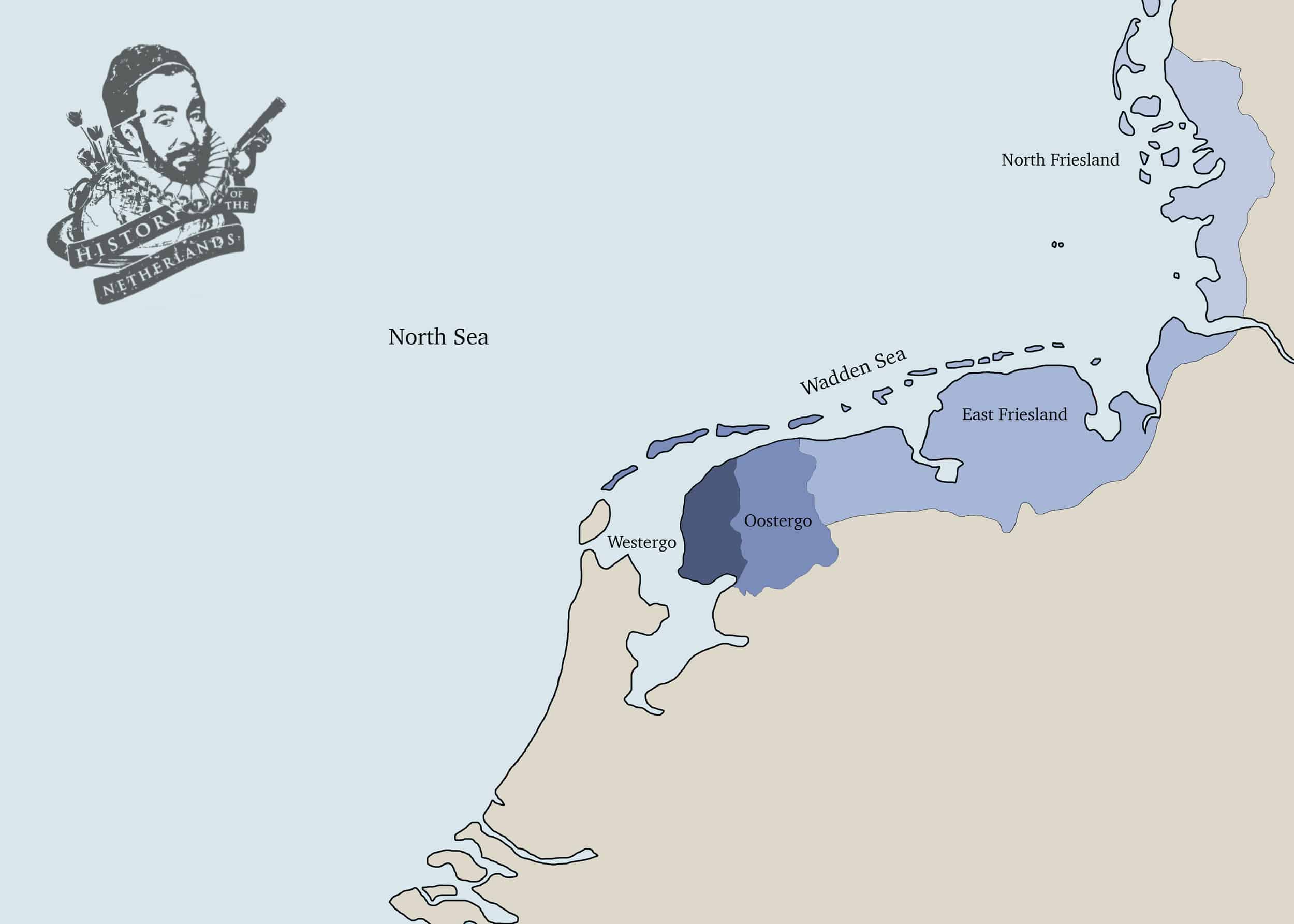 The Frisian states in the 1300s extended across parts of today’s Netherlands, Germany and Denmark. Map by David Cenzer.
The Frisian states in the 1300s extended across parts of today’s Netherlands, Germany and Denmark. Map by David Cenzer.Conflict with Holland
We’ve seen how the counts of Holland, for centuries, had coveted, fought for and slowly set about conquering West-Friesland. When the subjugation of this region had been achieved in the 1280s by Floris V, his thirst for more land and power had not become sated, but instead was then immediately projected across the water towards the rest of Friesland. Inside Friesland, different parties aligned themselves in an anti- or pro-Holland stance, according to their specific interests. In 1292, Floris V managed to convince the citizens of Stavoren, a town in Westergo, to recognise him as their princely count. Stavoren’s strategic position on the coast meant that its trading interests were aligned with those of the growing power to its south, Holland. As we know, these were interesting times for Holland, as in 1296 Floris V was kidnapped and murdered, and succeeded by his son John. Taking advantage of this phase of transitional power, an anti-Holland faction in Westergo, at the urging of the bishop of Utrecht, travelled over to West-Friesland and burnt down a bunch of fortresses and castles there. While Westergo was plagued by division and lashing out, Oostergo did its best to let the comital powers in Holland know that they had nothing to do with this attack. Again, there was no real Frisian unity, just a general Frisian desire to remain free.
John didn’t last long, dying three years into his reign as Count of Holland at age 15, and that is when the Avesnes, one of those families we have been going on about regularly, took control under John II. His eldest son died fighting for the French in the Battle of the Golden Spurs, his second son was a priest who died one year later, and John himself died a year after that, leaving his third son, Wiliam III, as Count of Holland, Zeeland and Hainault. William III continued pushing his claim for Friesland, but did so mostly by skillful diplomacy. By skillful diplomacy we mean he handed out noble titles and positions to make allies in Westergo, as well as loans of money, because no matter what anyone says, money makes friends. William III also engaged in a bit of good old-fashioned privateering, allowing Hollandic vessels on the Zuiderzee to plunder goods from Frisian ships, and in-so-doing managed to make himself look threatening enough that without ever actually resorting to full on war, he managed to get recognition as count from the people of Westergo in 1310. They did, however, ensure that the agreement maintained the inviolability of some of the rights that they had held for centuries. This would be the root of the conflict to come.
Coming into the 1320s, the internal jostling which we touched on earlier erupted in a rebellion in that area against Holland and anybody who supported its count. The rebellion saw a number of such people kicked out of Friesland, an affront to the count’s honour. Several naval encounters ensued between Holland and Friesland, however William III’s methods were more aligned with diplomacy. Eventually the pressure drew delegates from Stavoren to come forth and open negotiations. Finally an agreement was reached, in which Westergo and Stavoren agreed on some concessions to William III and in 1328 again recognised him as count. This was the stalemate for the next decade or so, until 1337, when William III died. The anti-Holland factions in Westergo used this opportunity to disregard the previous agreement, and push again for the maintenance of Frisian Freedom.
William IV: Fighting around the World
After William III died, he was replaced by his son, the creatively named William IV. William IV’s life was basically a teenage boy’s idea of what a knight’s life would be like. He was sort of like the Russell Crowe of the 1300s, fighting around the world. His life revolved around going to exotic places, meeting interesting people and more than occasionally butchering them and their families. He was also, however, an extremely pious man, as was the fashion at the time, and went on various crusades around Europe attacking any of the supposed enemies of Christianity, like the pagan Lithuanians. He was also sent by his father at the head of a huge fleet to Spain, where he met up with the King of Spain to help him fight against Muslim Arabs and Moors. To quote one of our favourite sources, The General History of the Netherlands by Edward Grimestone, which although prone to exaggeration has some wonderfully flowery language, he helped lay siege to Grenada, ‘the which they battered, and in the end took by assault, putting all to the sword that would not be baptised, and embrace the faith of Jesus Christ: then passing farther into the country, they spoiled and burnt all they encountered.’
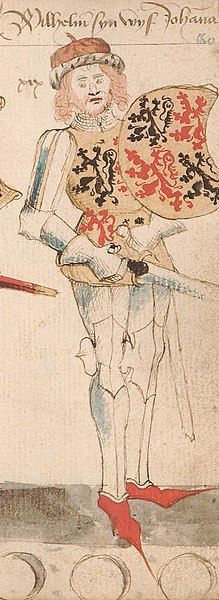 William IV, Count of Holland. By Hendrik van Heessel.
William IV, Count of Holland. By Hendrik van Heessel.© Wikimedia Commons
After all of this spoiling and burning in the name of Jesus Christ, and making himself rich with plunder, he went on a pilgrimage to Jerusalem, before returning to the Low Countries and going to Flanders to meet his brother-in-law Edward III to offer his services in his conflicts with the French. We imagine that William IV was probably the only person who was really disappointed when the French and English mediated their problems with the Truce of Esplechin and resolved to delay their battle for five years. Not getting the fight that he craved, he went off to the administrative centre of Holland, The Hague, and basically indulged himself in the next best thing by manufacturing fighting in tournaments that he frequently held. But even all this could not sate his desire, so he went off to the North-east again, joining with the Teutonic Order to violently convert more infidel Lithuanians, Livonians and Russians into the fold of Jesus. And to steal a bunch of their stuff too. So that should give you the general character of William. He didn’t need much incentive to go off and fight someone.
Raiding Monasteries
William didn’t launch an invasion immediately, but instead at the end of 1344, went on a tour through parts of Friesland. As he was met by different representatives from the different local government bodies, he let his wrath be known, as well as his willingness to subject them to its full glory. He also began making preparations for war, which meant grabbing supplies, building ships and raising money to pay his soldiers. One of the ways he did this was by visiting Frisian cloisters and monasteries in his territory, such as one on the island of Marken which was controlled by a well established Premonstratensian order based at Mariengarde cloister in Oostergo. These raids happened all over West-Friesland. William treated it like enemy territory, his troops taking basically everything which wasn’t tied down, much to the dismay of the Frisian monks there. He claimed that he was doing this to ensure the good behaviour of those in Friesland, but really, it just looked like he was stealing a lot of cows from a bunch of defenceless monks.
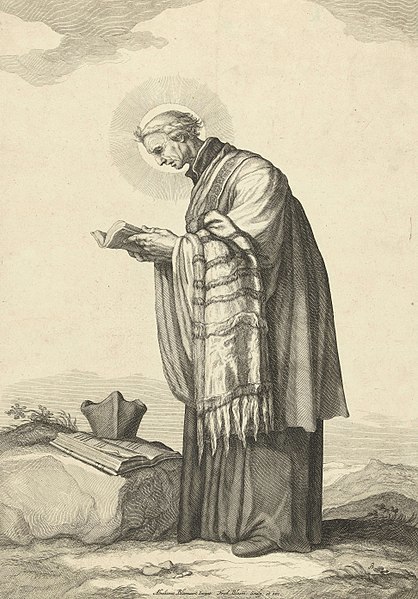 Saint Odolphus. By Frederick Bloemaert. Rijksmuseum, Amsterdam.
Saint Odolphus. By Frederick Bloemaert. Rijksmuseum, Amsterdam.© Rijksmuseum, Amsterdam
This was an affront not only to the Frisian sensibilities and their love of cows, but also to their love of god. Monasteries may have been raided during wars when they belonged to the enemy, but these were monasteries in his territories, ostensibly under his law, and so should have been also under his protection. But no, he took their cows. He violated the etiquette of respecting the holy sanctity of monastaries and so, like historian Hans Mol suggests, the Frisians saw this as him inviting the wrath of their saints upon himself. He exemplifies one of the amazing contradictions of the Middle Ages; that someone could justify going and killing pagans in the name of Christ, but then when it suited him, go and desecrate the institutions of the religion for which he fought. Even more importantly, the monastery on Marken which he had raided had been controlled by people in Oostergo, who had always maintained for years that they had nothing to do with the conflicts between Holland and Westergo. William basically dragged Oostergo into the conflict on the side of his enemies. In doing this he unwittingly laid the groundwork for Westergo and Oostergo to unite with a common cause.
On 15 June 1345, citizens from Oostergo and Westergo came together in Leeuwaarden. It is from an account of this meeting laid out in the chronicle from the St Odolfus abbey in Stavoren that the idea of a Frisian patria nostra, a fatherland, is first written down. It was at this point, forced by the threats of Holland, that the prospect of a properly united Friesland was put on the table. They knew they would have to fight together if their freedom was to remain intact. The Frisians knew that the most likely place for William to arrive in Friesland was at the pro-Holland town of Stavoren, so they occupied the town and fortified themselves in the St Odolphus abbey and waited.
Battle of Stavoren
It is thought that between 12,000 and 15,000 troops were assembled for William’s invasion of Friesland, which took place on 26 September 1345. He split his forces into two, with the advanced landing party led by him, and the other by his uncle, Jan van Beaumont. Splitting up his forces is what we can call Willy-big mistake number one. These troops, which included many knights, were loaded onto ships at Enkhuizen, but due to a lack of space they had to leave their horses behind. Heavily armoured knights without horses kind of walk around a battle field like C3PO. This is what we can call Willy-big mistake number two.
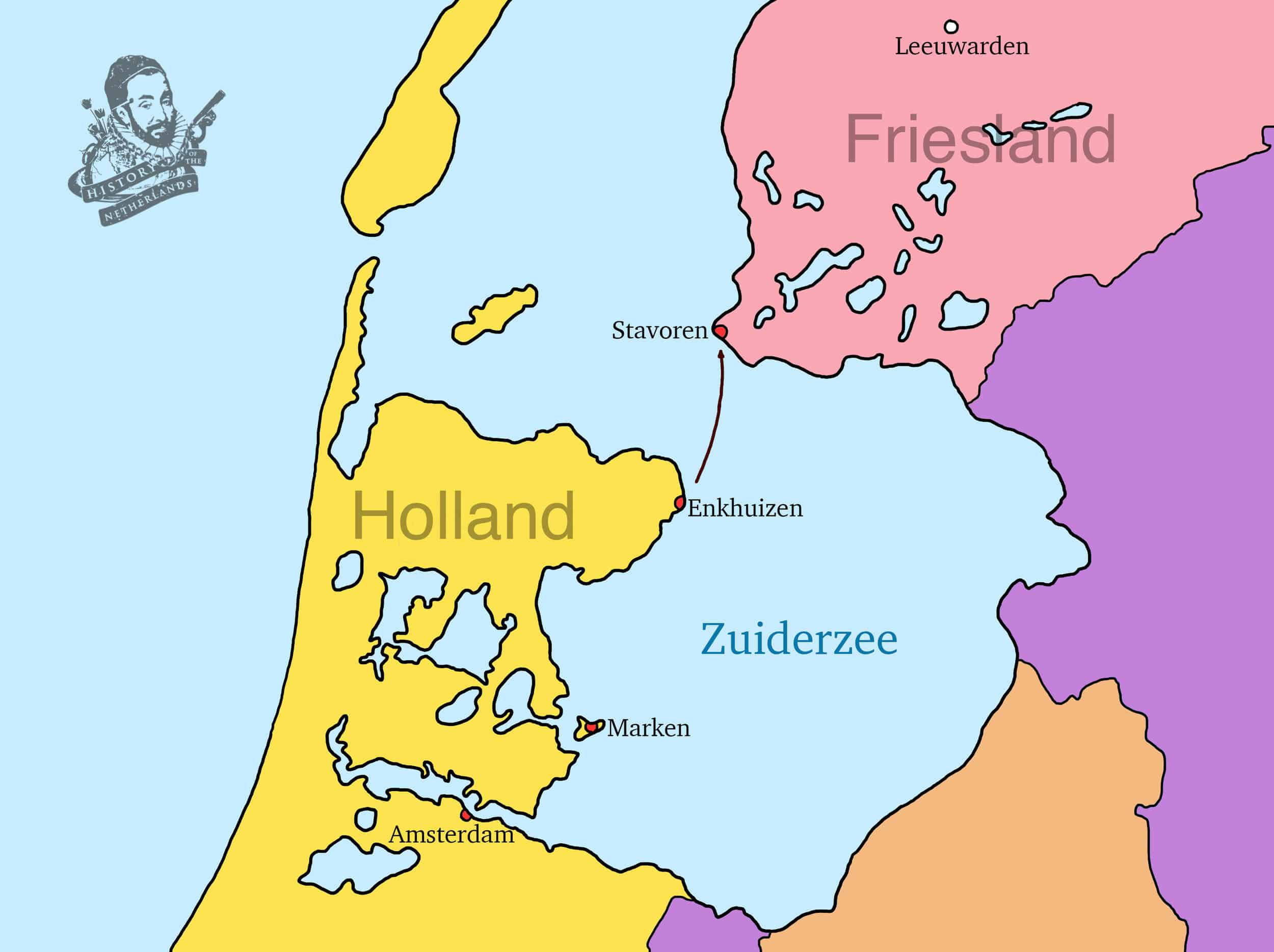 The invasion force sailed from Enkhuizen to Stavoren on 26 September, 1345, and limped back to Amsterdam a few days later, heavily defeated. Map by David Cenzer.
The invasion force sailed from Enkhuizen to Stavoren on 26 September, 1345, and limped back to Amsterdam a few days later, heavily defeated. Map by David Cenzer.The idea was that the two prongs of the army would engulf Stavoren in a pincer movement to crush the town, but upon disembarkation just north of the town, William probably got a bit too excited being back doing what he loved best, and didn’t wait for his uncle with the second army to land. Instead he and his 500 knights went straight to the burning villages and killing cows part of the plan. If there’s one way to really invigorate the fury in the force of Frisian fishermen and farmers focused against you, it’s by killing their cows. His small advanced force was set upon by enraged Frisians, streaming out of their headquarters in the abbey, who chased him down, horseless as he was, and crushed the army, killing William in the process. William IV might have been able to defeat Moors, and Arabs, and Lithuanians, in his time fighting around the world, but he was ultimately futile against furious Frisian farmers and fishermen.
So having dealt with part of the invading army, they could now turn around and deal with the other. Uncle Jan’s force was now alone, and confronted on their way into Stavoren by these now emboldened Frisian freedom fighters. The Hollandic army collapsed and made a disorderly retreat, each man now seeking to get back to the ships before they too were caught and slaughtered. Hundreds of them died in the process, and it was only a sad remnant of the fleet which returned to Amsterdam a few days later, having lost countless dead and being less one Count.
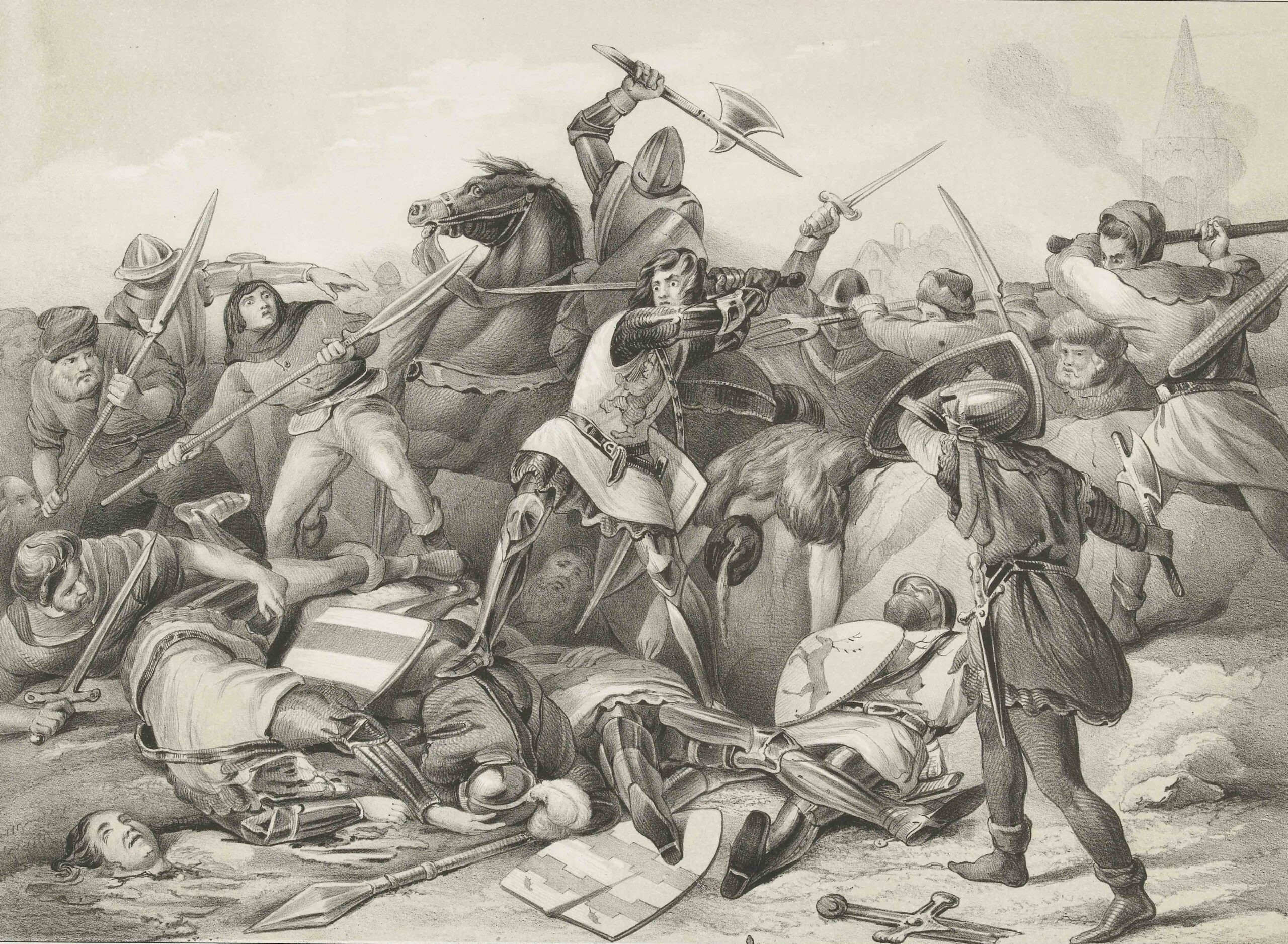 Death of William IV. 1345, Rijksmuseum, Amsterdam
Death of William IV. 1345, Rijksmuseum, Amsterdam© Rijksmuseum, Amsterdam
Aftermath
The Battle of Stavoren was another illustration of the spirit of rebellion that had begun to emerge across the Low Countries. By the second half of the 14th century, Friesland united had also erupted into its own disputes, their fancy faction names were the Vetkopers and the Schieringers. Despite this, Friesland would still remain free from feudalism, until the end of the 15th century, some 150 years later. The Battle at Stavoren was the point at which their resolve was most tested. Coins minted shortly after the battle have been found which contain the writing “MONETA FRISIE LIBERTATIS”, “Coins of Frisian Freedom”. For years afterwards, the anniversary of the battle would be commemorated by a pilgrimage carrying statues of Mary to the St Odolphus monastery. This continued even after the monastery was abandoned by monks due to flooding in the 1400s. The tradition was stopped in the early 1500s by Charles V, but revived during the Second World War in a somewhat dubious and Nazi-linked ceremony that nobody wants to remember these days. In 1951 a rock was placed on a cliff near warns which was erroneously thought to be the site of the battle with the text “leaver dae as slaef”, “better dead than a slave”.
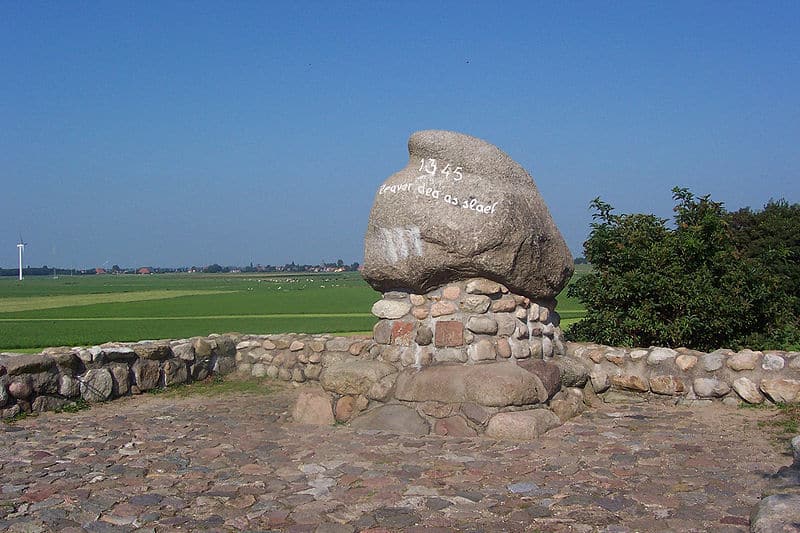 Monument of the battle of Warns in Friesland. It says, in Frisian; "Better to be dead than a slave".
Monument of the battle of Warns in Friesland. It says, in Frisian; "Better to be dead than a slave".© Wikimedia Commons
Sources
- Graaf Willem IV, de Hollands-Friese Oorlog van 1344/1345 en de Friese kloosters, J.A. Mol
- Tussen Staveren en Warns; het Rode Klif. Fries nationalisme, J.A. Mol
- WILLIAM THE FOVRTH OF THAT name, the three and twentieth Earle of Holland and Zeeland, Lord of Friseland, and Earle of Henault, Edward Grimestone
- Wrecks & stories: Stavoren, Will Brouwers
- Hadrianus Barlandus and a Catalog of the Counts and Countesses of Holland Published at Amsterdam by Doen Pietersz, James P. Ward. From Humanistica Lovaniensia Volume LV 2006. Edited by Leuven University, Gilbert Tournoy.

